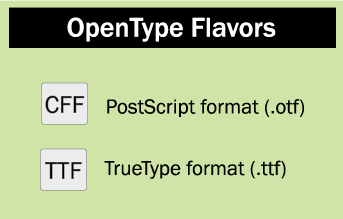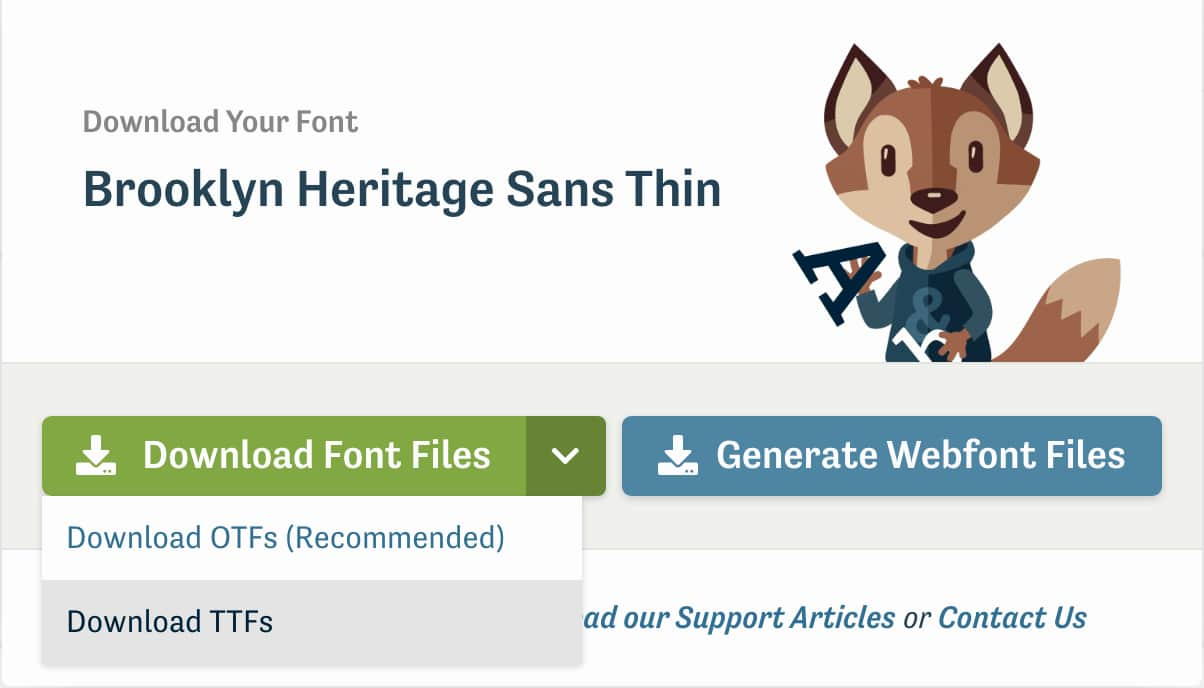

The DFONT format is supported exclusively under Mac OS X and is no longer destined to become cross-platform. With the release of Mac OS X 10.6 Snow Leopard, Apple replaced this standard with the TTC or TrueType Collection. The format of this file was the standard for Mac OS X system fonts.

The DFONT standard (files with the DFONT extension) is decrypted as the Datafork TrueType font. Depending on the particular OpenType font, it may be based on curve-building algorithms taken from TrueType or PostScript Type 1. This new standard has given designers an excellent opportunity to design fonts that resemble a handwriting style. Moreover, OpenType fonts can use different styles of headsets for the choice of specific applications, changing them depending on the context.

But, unlike the predecessor, they allow you to put several display styles in one file at once and support a set of characters in different languages. Like TrueType, OpenType fonts are multi-platform. The OTF standard stands for OpenType typeface and is based on the latest font technology. For comparison with TrueType, let’s say that some obsolete typographic fonts, such as PostScript Type 1 (developed by Adobe Systems), have a much more complex and capacious design for computer processing. The TrueType standard provides for the use of a single file to describe the font, which contains all the necessary information for rendering (rendering) the font on the display screen and when printing it. Apple has slightly modified the TrueType format, preparing it to replace obsolete raster headsets with a more flexible standard and successfully introduced them into the new OS.

With the latest versions of Mac OS X, this single-platform font format has become common and is now present on both of the world’s dominant operating systems. TTF files belong to the core Windows TrueType font set.


 0 kommentar(er)
0 kommentar(er)
